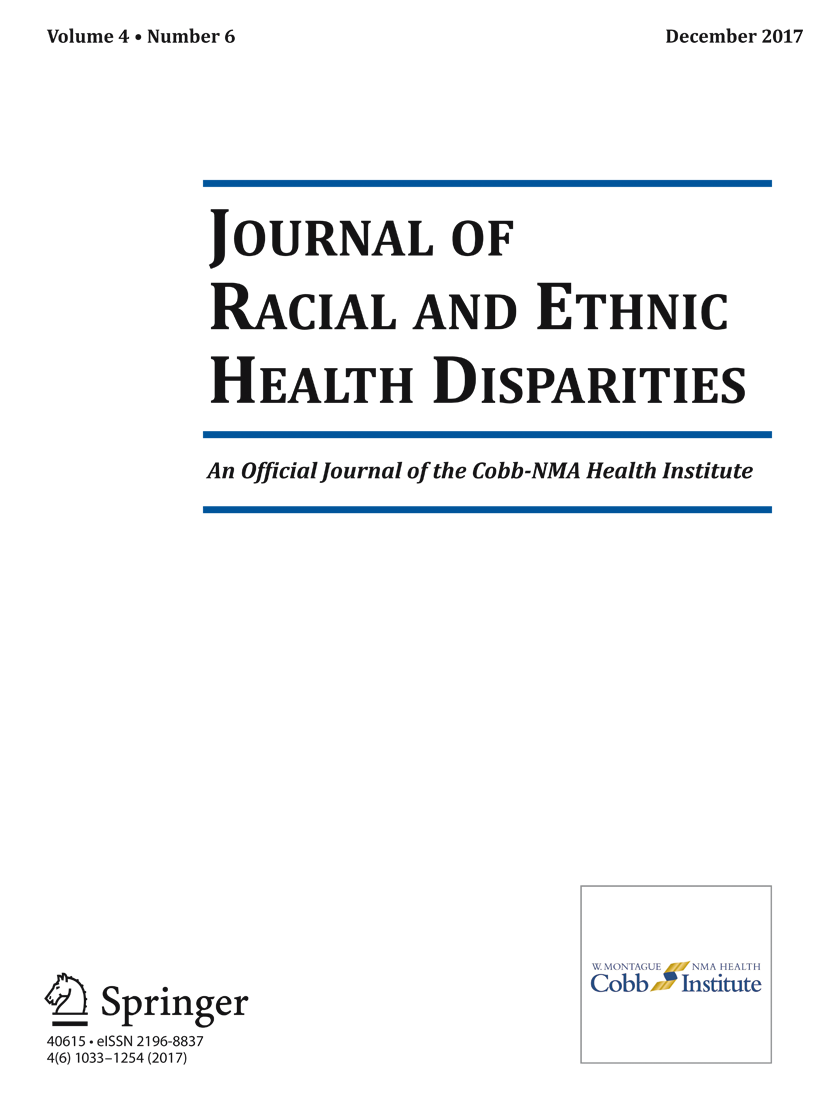sniffy
Senior Reporter
HIV among Haitian-born persons in the United States, 1985–2007
Linda G. Marc, Alpa Patel-Larson, H. Irene Hall, Denise Hughes, Margarita Alegria, Georgette Jeanty, Yanick S. Eveillard, and Eustache Jean-Louis
https://www.ncbi.nlm.nih.gov/pmc/articles/PMC2918877/
DISCUSSION
These results represent the first surveillance estimates for HIV cases among Haitian-born persons residing in the United States, with four important findings. First, HBPs comprise 1.2% (N=416 divided by 35,934) of the estimated AIDS cases among adults and adolescents for 2007 (Table 1). Yet, HBPs account for only 0.18% of the total US population (using 2007 ACS data; N=530,897 divided by 301,621,159) which suggests a seven-fold over representation of Haitians in the CDC AIDS surveillance data (1.2% divided by 0.18%).
Linda G. Marc, Alpa Patel-Larson, H. Irene Hall, Denise Hughes, Margarita Alegria, Georgette Jeanty, Yanick S. Eveillard, and Eustache Jean-Louis
https://www.ncbi.nlm.nih.gov/pmc/articles/PMC2918877/
DISCUSSION
These results represent the first surveillance estimates for HIV cases among Haitian-born persons residing in the United States, with four important findings. First, HBPs comprise 1.2% (N=416 divided by 35,934) of the estimated AIDS cases among adults and adolescents for 2007 (Table 1). Yet, HBPs account for only 0.18% of the total US population (using 2007 ACS data; N=530,897 divided by 301,621,159) which suggests a seven-fold over representation of Haitians in the CDC AIDS surveillance data (1.2% divided by 0.18%).

